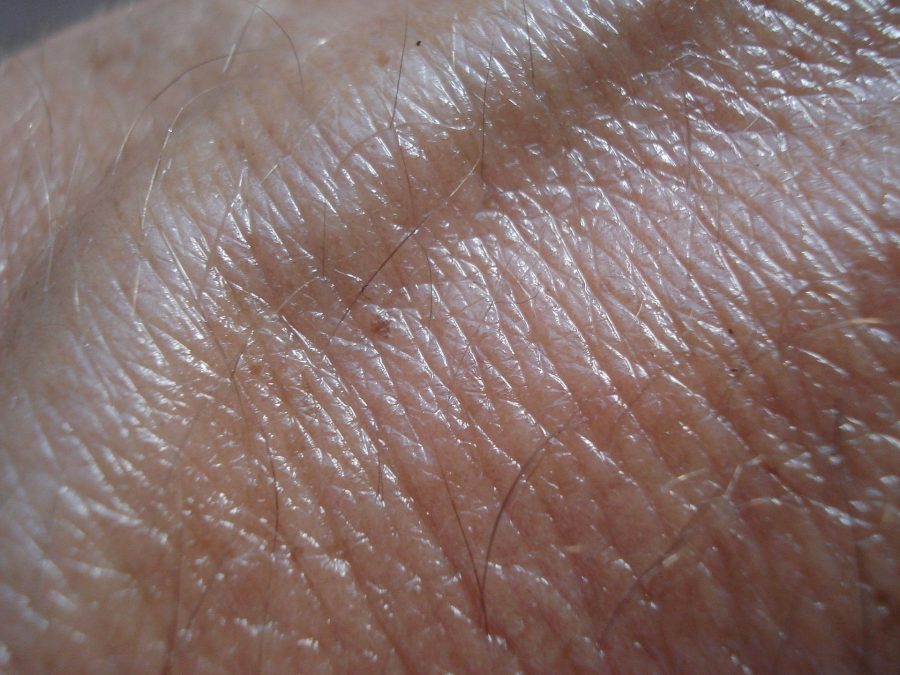Human skin is the largest organ of the body, providing a protective covering over bodily surfaces. It plays a major role in revealing both internal and external health issues. Here are three important conditions that can be identified through symptoms that appear on the skin.
Spider Veins
Although most people experience a certain degree of spider veins on their face as they get older, some have more than others. Razor-thin stripes over the cheeks or in other facial areas may simply indicate that the person has delicate skin. However, some spider veins that become more pronounced can be signs of rosacea, a skin condition that turns facial areas red with certain triggers, like caffeine or heat. Rosacea can be treated, although not necessarily cured, using antibiotic creams or other medications. Spider veins may also signal someone who heavily drinks alcohol. A doctor examining a patient who finds spider veins may ask about these and other conditions the patient may have.
Suspicious Spots
Most skin begins to exhibit dark spots, sometimes called liver spots or age spots, as they get older, particularly if they have spent considerable time in the sun. However, some spots that appear in unusual configurations or that look unusual may indicate a condition like psoriasis or perhaps a skin allergy. A skilled dermatologist can examine and diagnose the spots to make an accurate diagnosis and prescribe treatment.
Cancerous Moles
A majority of the population will develop skin moles at some point in their life. Most moles are benign, meaning they cause no harm and are unlikely to turn cancerous. However, skin cancer rates are rising, and early diagnosis is important for getting effective treatment. Some skin cancers, like squamous cell cancer, is not always serious because it doesn’t necessarily threaten body organs, especially if treated promptly. Melanoma, however, is more serious and can become fatal if not properly evaluated and treated. A dermatologist from Advanced Dermatology & Skin Cancer Specialists can examine a mole to see if it is cancerous, checking criteria like its size, color, and shape. Large, discolored, uneven moles tend to be more suspicious than others, although even seemingly innocent tan or brown moles can be deadly. Annual checkups can help to find cancerous moles early.
These and other conditions can be symptoms of a health issue. For example, while dry skin is common, especially during winter months, excessively dry skin may be a symptom of thyroid disease. See a dermatologist for regular checkups and for suspicious skin changes.

